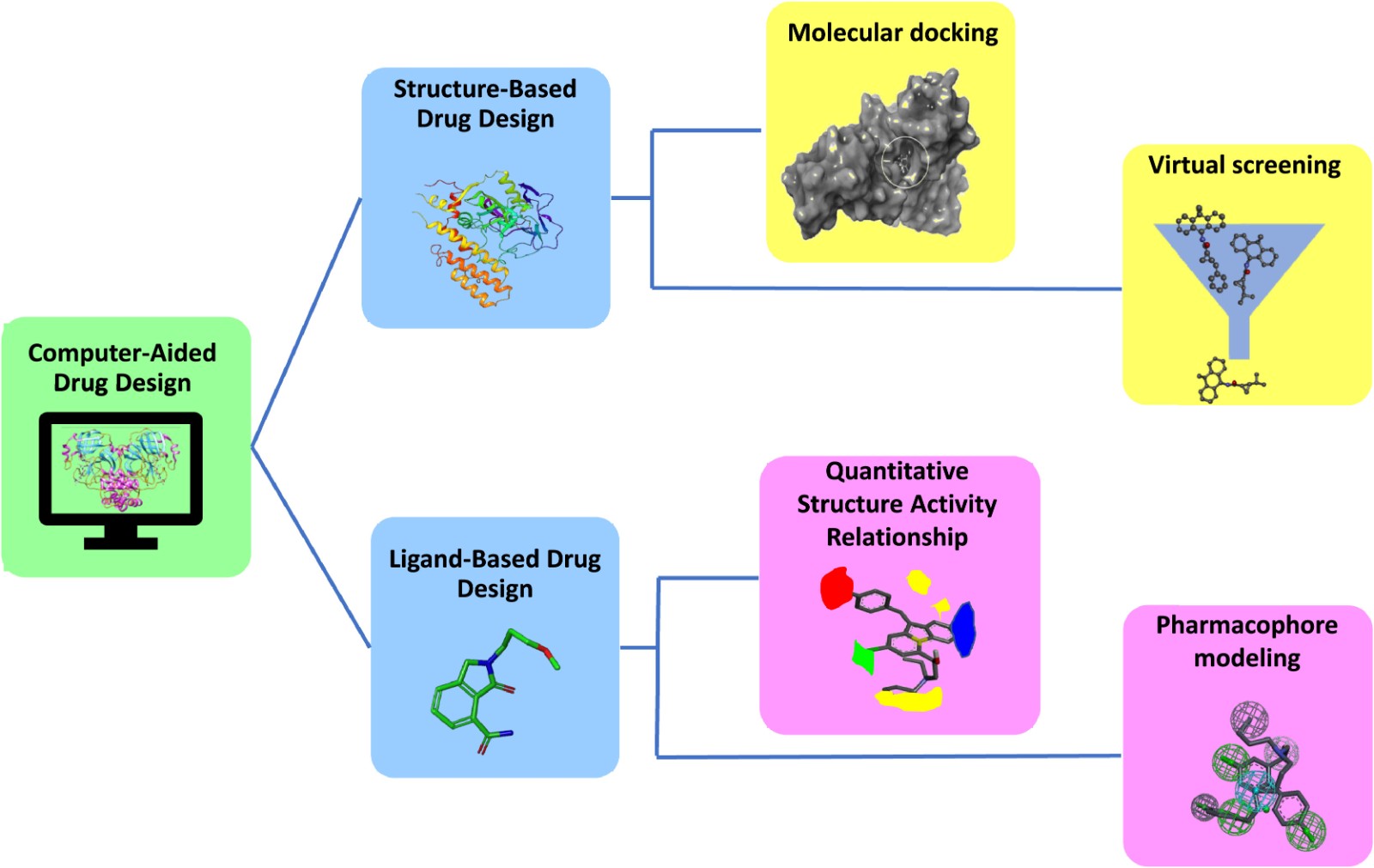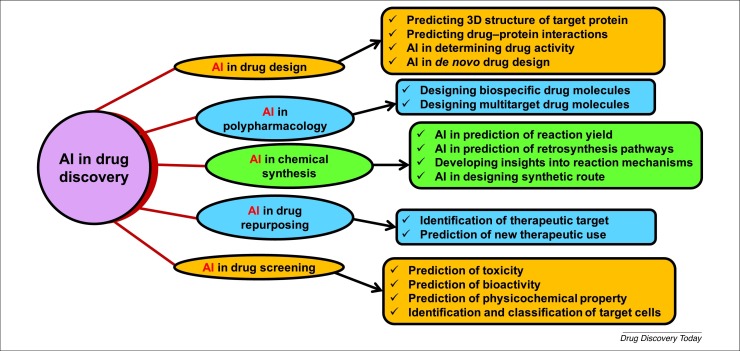Before drug development can even take place, drug researchers must find promising drug-like molecules that can bind or “dock” properly onto certain protein targets in a process known as drug discovery. After successfully docking to the protein, the binding drug, also known as the ligand, can stop or stimulate a protein from functioning. For example, if an cosmetic ingredient targets an essential hydration protein in the skin, it can effectively hydrate the skin, providing a protective barrier against external factors.
However, the process of drug discovery can be costly, with billions of dollars poured into the process and over a decade of development and testing before final approval from the Food and Drug Administration. What’s more, 90% of all drugs fail once they are tested in humans due to having no effects or too many side effects.
With CADD and AIDD, vast amounts of data, including drug and molecular data, can be harnessed to build complex models automatically. This makes it far easier and faster to predict how drugs might behave in the body, allowing many early experiments to be carried out. According to Boston Consulting Group, as of March 2022, “biotech companies using an AI-first approach had more than 150 small-molecule drugs in discovery and more than 15 already in clinical trials.” The combination of computer tools and AI can also sift through vast, untapped pools of potential drug molecules in a way that was not previously possible. The upshot is that the hard, but essential, work in laboratories/in clinical trials need only be carried out on those molecules with the best chances of success.
What is CADD?
Computer-aided drug design (CADD) combines various computer tools to identify and develop a promising drug development lead, which can be divided into structure-based drug design (SBDD) and ligand-based drug design (LBDD). To forecast therapeutic efficacy and side effects, techniques must be developed that systematically address high volume, multidimensional, and sparse data sources.

Source: Divya Vemula et al, CADD, AI and ML in drug discovery: A comprehensive review, European Journal of Pharmaceutical Sciences, Volume 181, 2023, 106324, ISSN 0928-0987
What is AIDD?
AI-Driven Drug Discovery(AIDD) is the application of artificial intelligence (AI) technologies to accelerate and optimize the drug discovery process. It involves using advanced algorithms and machine learning techniques to analyze vast amounts of biological data, such as genomic and proteomic data, chemical structures, and clinical trial data, to identify new drug candidates and predict their efficacy and safety.

WKPep®Erasin was developed and designed in combination with drug development techniques such as CADD and Molecular Docking Algorithm. Its special structure makes it more active and strongly binds to m-nAChR, enhancing the blocking of muscle tension signals and prolonging the duration of action to exert more significant skin tightening effect. Additionally, due to its capability that inhibit muscle contraction, resulting in an instant reduction in the appearance of expression wrinkles. WKPep®Erasin also improve the elasticity of the skin by boosting collagen synthesis and activating the vitality of skin cells.







